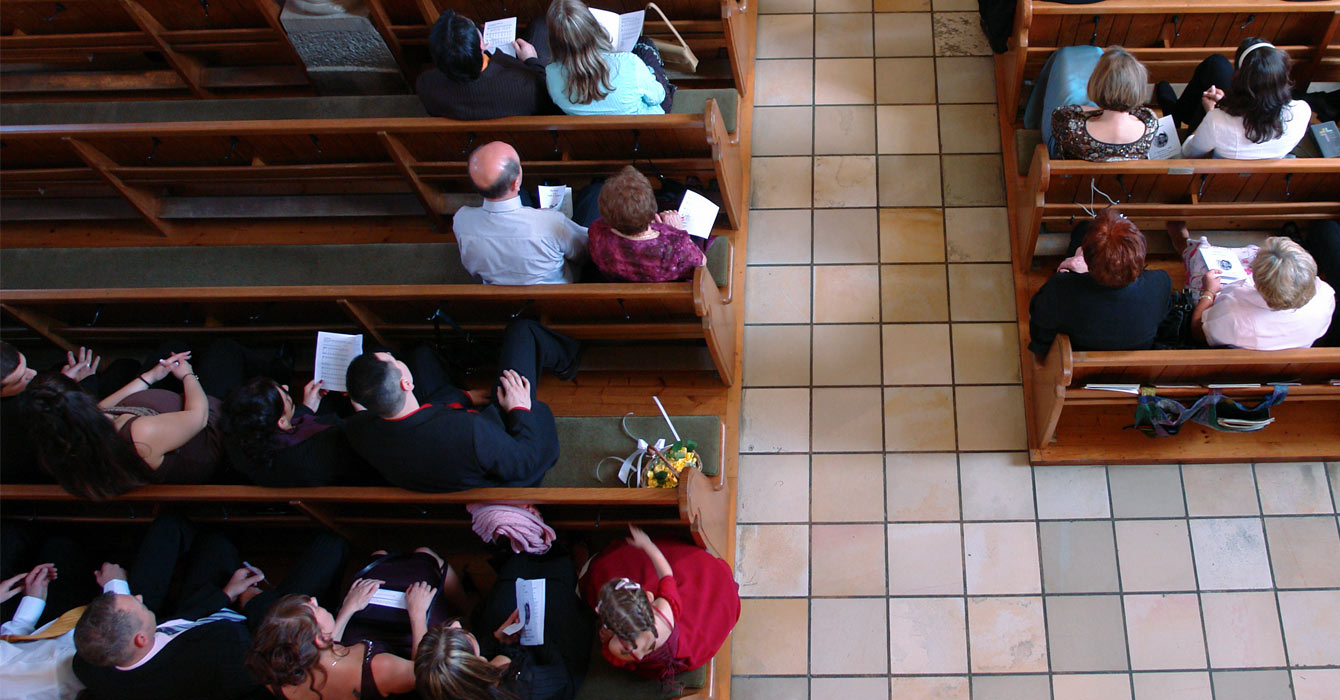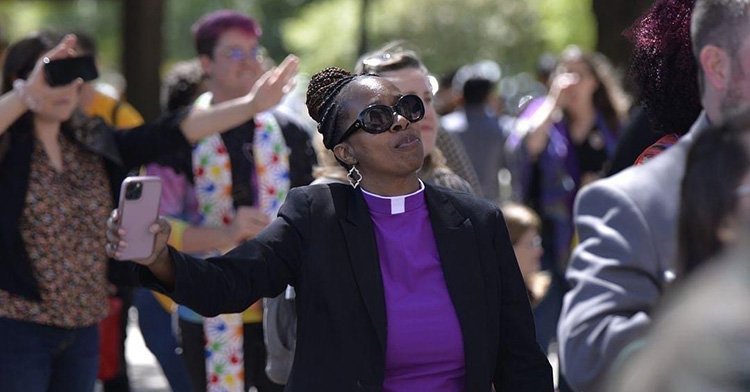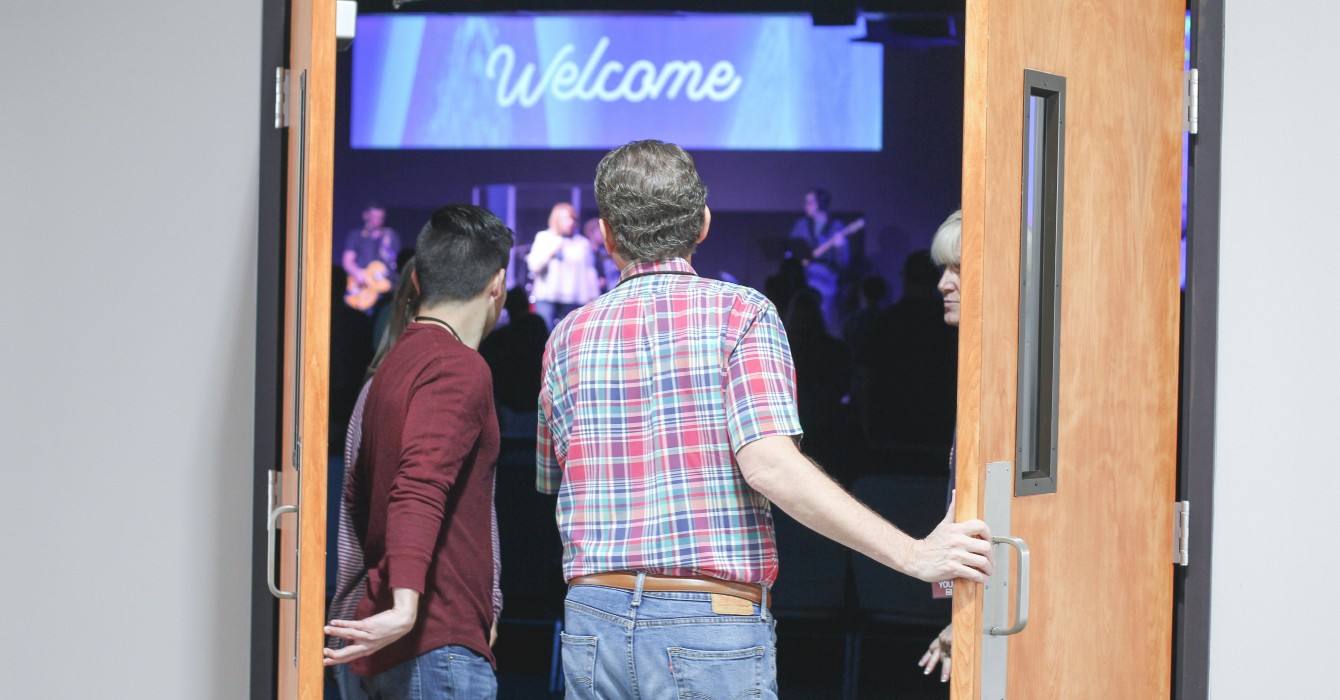Is your church the only one your congregants are attending? Maybe not, according to a new national survey of more than 24,000 church attenders from more than 80 different denominations conducted by the Hartford Institute for Religion Research.
In fact, when survey respondents were asked “if they participate regularly in other congregations either physically, virtually and through television, or both,” researchers found “many worshipers engage with multiple churches, with some even claiming more than one church home,” according to the 2025 report. The report examines how Christian church attenders are engaging with their congregations after the COVID-19 pandemic. The survey is part of the Exploring the Pandemic Impact on Congregations (EPIC) project.
According to the survey, 46% of respondents regularly attend or view multiple church services, and 7% identify as having more than one “home” church. And while it is unclear if this behavior has increased since the pandemic, as no earlier nationally representative data exists for comparison, “it does uncover a reality that we did not know existed and establishes a marker by which we can track future change,” the report says.
“It’s pretty apparent that persons’ relationships with church — like how often they go, what do they do, how much do they participate — those things are in flux,” said Scott Thumma, who is the principle researcher for the EPIC study and the co-director of the Hartford Institute for Religion Research.
The reasons for those changes may vary, whether related to the pandemic, politics or other factors, but this research can serve as a stepping stone.
“If we can at least use the surveys that we do to give clergy and other leaders a clue to what’s going on, I think that’s incredibly helpful,” Thumma said. “It also gives those clergy a starting point to maybe have some difficult [...] conversations. They could take one of our graphics and say, ‘OK, so here’s what these folks found across the nation: Does that resonate with us?’ Or, ‘How do you explain that?’”
To illustrate what it might look like to attend more than one church, Thumma points to snowbirds as one example. Someone might have a church up in Michigan for part of the year but also a church in Florida, he said. Some may also participate in a church that they have moved away from in addition to a church near their new home. “They also consider the other church their home too and send them money,” Thumma said. Some people may watch other services online.
The study indicates that when respondents merely participate in other services, it does not negatively impact how often they attend their primary congregation, whether they donate a percentage of their income to it, or how frequently they volunteer there. That said, researchers found that those who had multiple “church homes” scored lower on commitment-related metrics like volunteering or giving.
The impact of this data has been felt by pastors on the ground.
“[During the pandemic], some people died, some people moved on, some people took this as their chance to finally go to that other church they were looking at. They began to get fed somewhere else,” said the Rev. Kenneth E. Sullivan Jr., senior pastor of New Direction Church in Indianapolis.
Sullivan was not part of the Hartford report but has overseen the production of hybrid worship services and completed his doctoral research on essentials for the post-pandemic church. Although Sullivan said his church grew larger after it invested in online services, some churches who didn’t invest in those services “suffered loss,” he said.
“We are in an information age,” Sullivan said, noting people have options and different preferences. And while, he said, “pastors should not feel more pressure in terms of trying to perform or please people,” because these faith leaders already have many commitments, “I think this is where churches have to really step back and assess the times that they’re in — the way people receive information.”
Thumma said that the research conducted by Hartford allows people who engage with more than one church “to feel like they’re justified in looking elsewhere.” “We don’t all shop just at Walmart or just at Target. We shop a whole bunch of places because no [one] store gives us all the things we need,” he said.



















